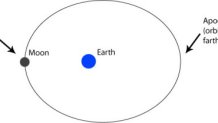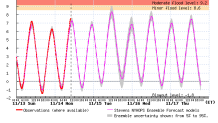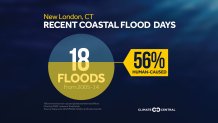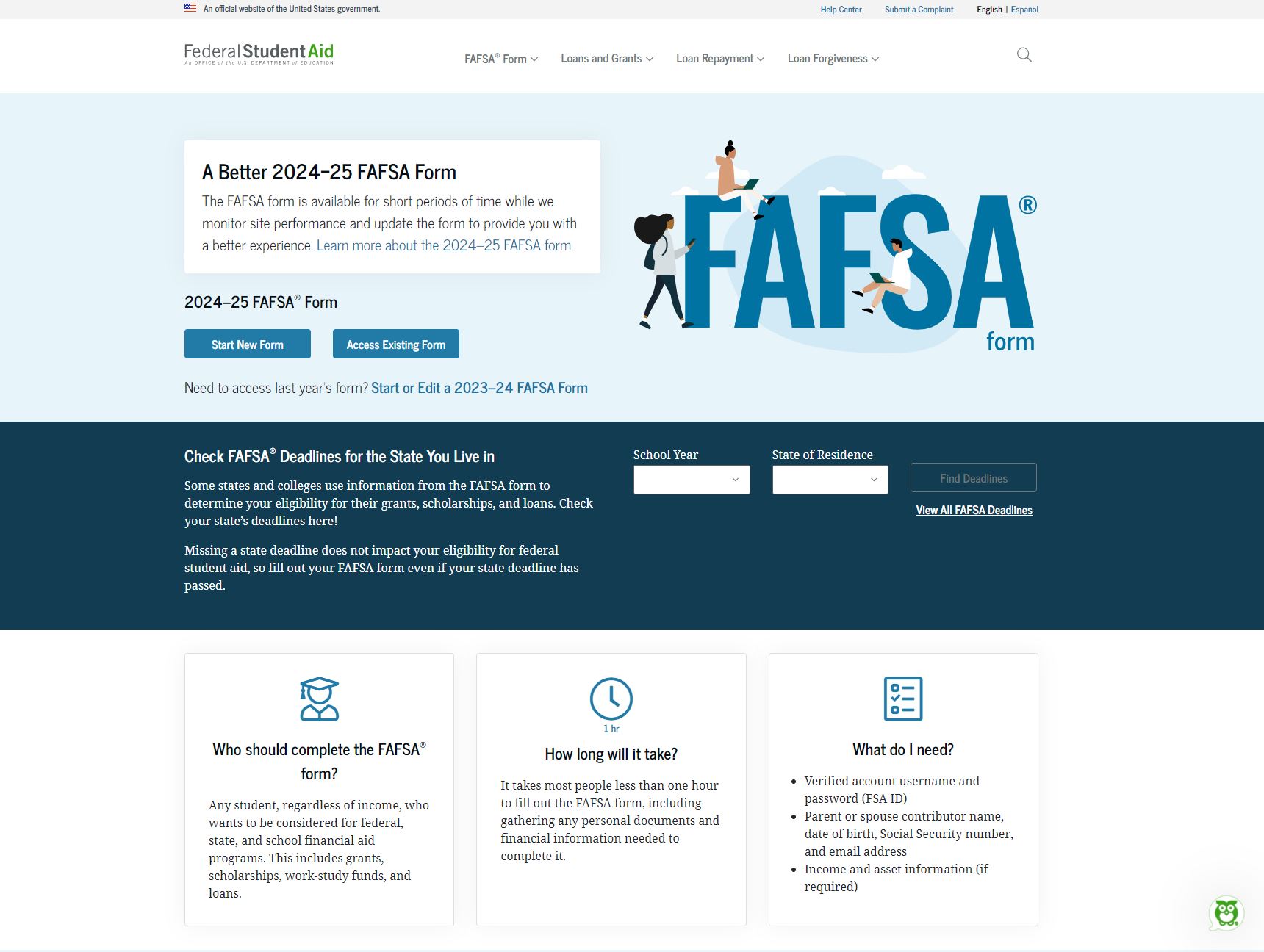Last night's supermoon was hard to miss. The brightest and biggest full moon since 1948 lit up the night sky across Connecticut. Today and tomorrow we'll see the supermoon's impact in a different way - the King Tide.
The height of high tide varies through the year because of differences in the gravitational pull of the moon and sun. When the earth, sun and moon line up the amplitude of the tides is greatest - we call this a spring tide. The gravitational pull of the moon and sun act together to create higher high tides and lower low tides.
When the moon is at first quarter or third quarter the sun and moon are at 90 degrees. This results in lower high tides and higher low tides as the gravitational pull of the sun and earth are not working in tandem - we call this a neap tide.
In New Haven the difference between a neap tide and spring tide is big! On November 7th when we had a one quarter moon the highest tide was 6.0ft MLLW. Today's high tide following the supermoon was 8.0ft MLLW - that's a difference of 2 feet!

But what the heck is a king tide? The moon's orbit around the earth is elliptical and the distance between the earth and the moon changes through its orbit. When the moon is farthest from the earth it is at apogee and when it is closest to the earth it is at perigee. The closer the moon is to the earth the stronger the gravitational pull will be.
When the spring tide aligns with perigee you get a perigean spring tide or what we like to call the King Tide. When there's a supermoon you can expect the tide to be higher than normal!

That's exactly what we'll have today and tomorrow. Here in Connecticut this will be the second highest tide of the year. The high astronomical tide combined with an onshore wind ahead of a storm will result in widespread minor to locally moderate flooding. This won't be a big deal but it will be nuisance flooding in the typically vulnerable towns on the Sound.

Flooding from King Tides is becoming more and more common these days thanks the sea level rise. What is known as "sunny day" flooding has increased substantially over the last 10 years as ocean levels climb. The latest research indicates more than 50% of nuisance flood days can be attributed to human caused sea level rise in New London. When these king tides occur during a storm serious coastal flooding can be the result.
Local
Get the full forecast here.
Connect with me on Facebook and Twitter!



